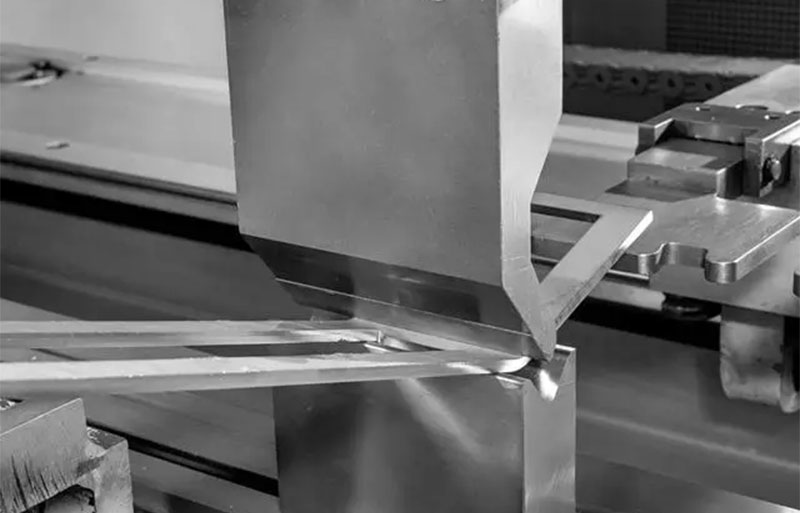When a metal plate bends, the outer side of the bend will be elongated, resulting in a change in its size. This means, for example, that the total length of the two legs bent in a V-shape will be longer than the original length of the board.

So, if the size changes, how can we accurately design a part to ensure it fits with other components? How do we determine how long a flat metal sheet must be? To compensate for the size variation, we must consider the sheet metal bending allowance: the difference between the length of the unfolded plate and the sum of the lengths of each leg of the finished bent component.
The calculation of sheet metal bending allowance will consider factors such as sheet metal thickness, bending radius, and bending angle. The bending coefficient calculator can be used to calculate the required bending coefficient for sheet metal parts.


